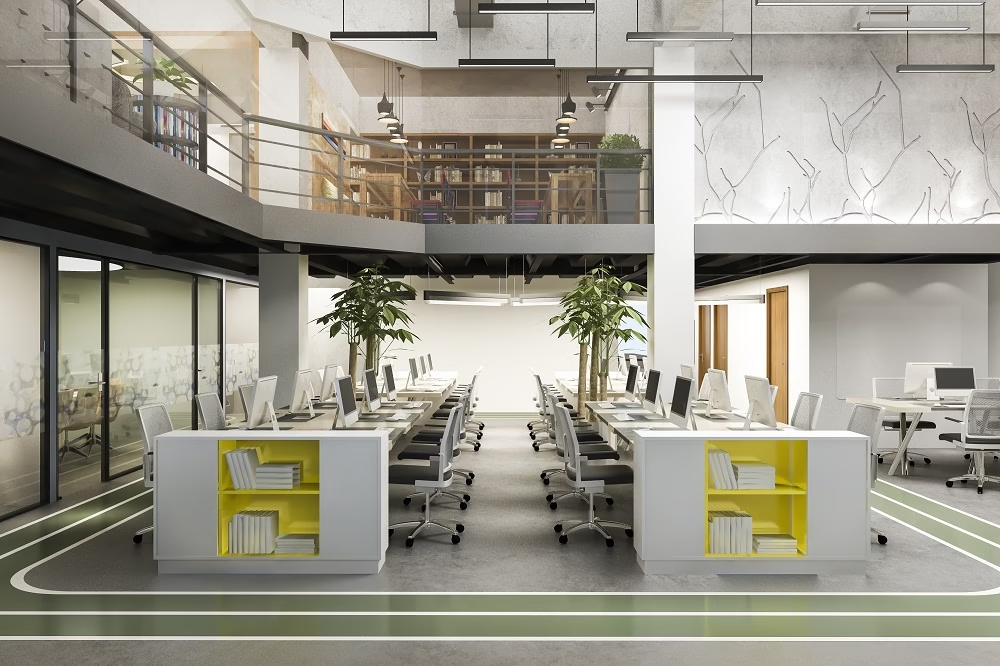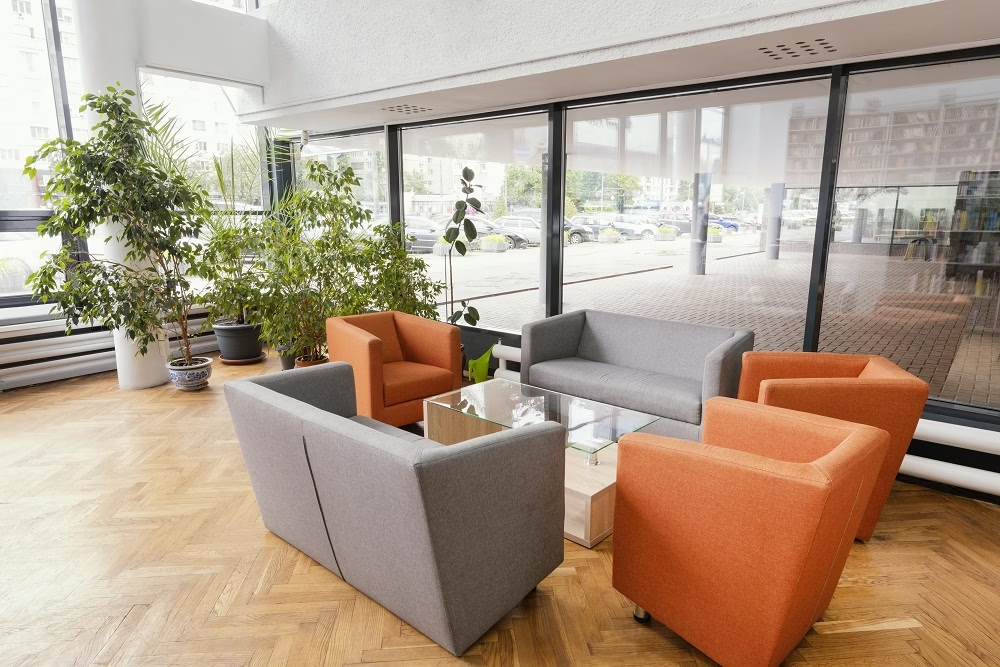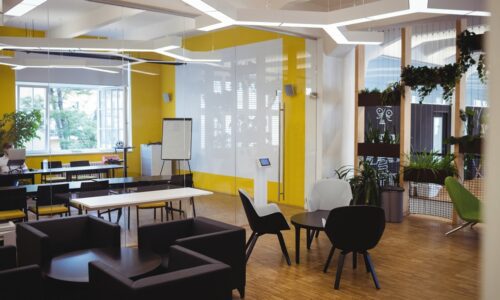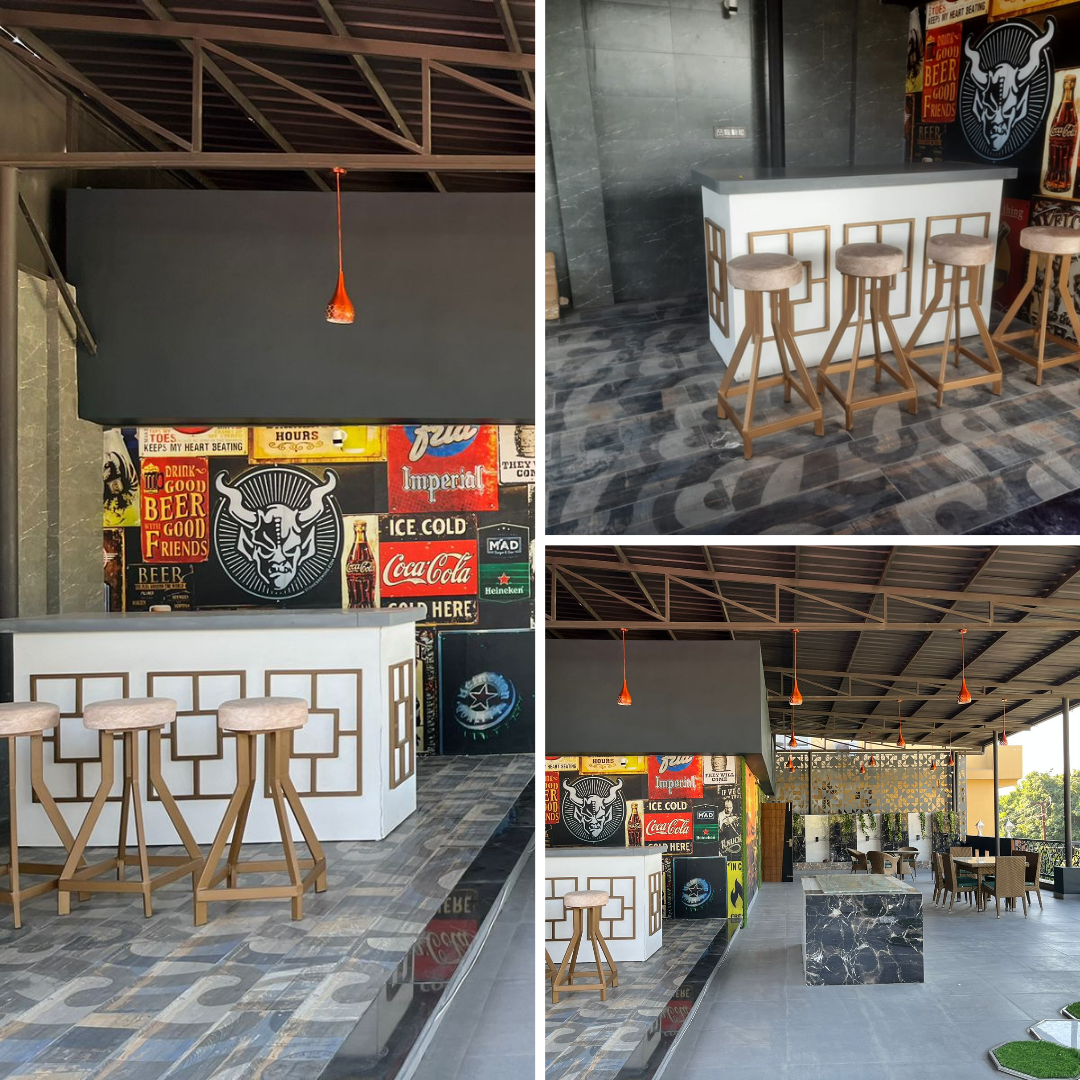Creating a “Third Place” at Work for Better Connection
- amodini
- 0 Comments
People spend most of their time either at home or in the office. These two spaces dominate daily life. But researchers and workplace experts suggest that humans also need a “third place” – a space beyond home and work where they can relax, interact, and build meaningful connections. This concept is now being introduced into workplaces to improve collaboration, creativity, and employee well-being.
This blog will explain what a “third place” at work really means, why it is important, and how businesses can create such spaces to encourage stronger connections among employees.
What is a “Third Place”?
The idea of a “third place” comes from sociologist Ray Oldenburg, who first introduced it in his book The Great Good Place. According to him, a third place is a space outside of home (the first place) and work (the second place) where people naturally gather, talk, and share ideas. Traditional examples of third places are cafes, libraries, parks, and community centers. These spaces give people a sense of belonging and help them connect with others in a relaxed and informal way.
When this idea is brought into the workplace, a “third place” becomes an area inside or around the office that encourages informal conversations and connections. It is not just a desk or meeting room. Instead, it is a space where people can share ideas freely, relax, and build relationships with co-workers.
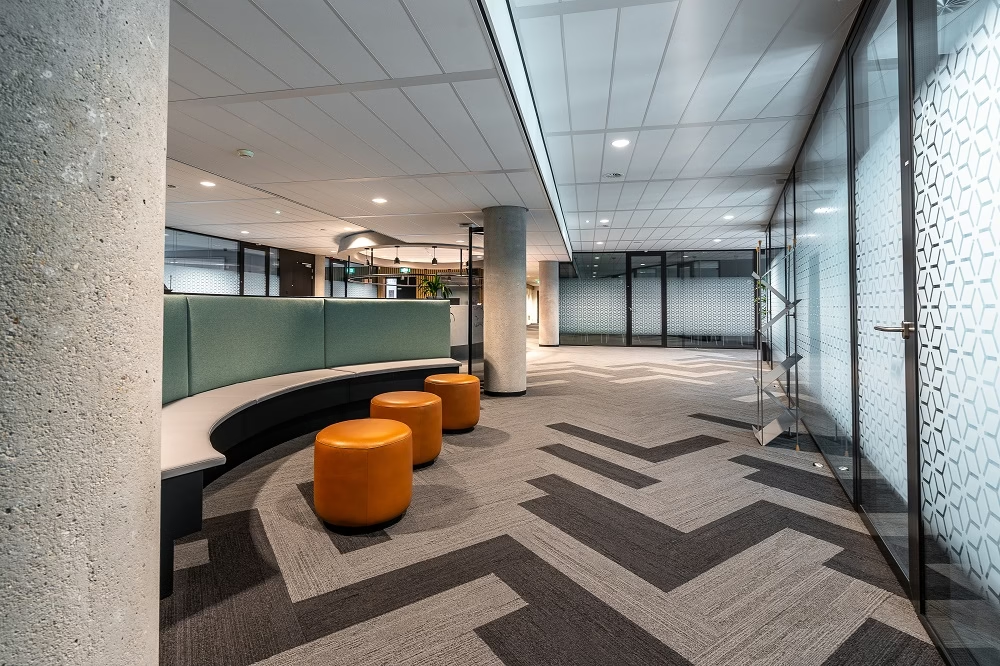
Why Do We Need a Third Place at Work?
Modern workplaces often focus heavily on efficiency, deadlines, and productivity. While this is important, it can make employees feel disconnected. People need more than just formal meetings and emails to feel truly connected with their teams.
A third place offers employees the chance to:
-
Build relationships beyond daily tasks
-
Share creative ideas informally
-
Reduce stress and refresh their minds
-
Feel more connected to the workplace culture
These benefits directly improve teamwork and job satisfaction. When employees feel comfortable and connected, they are more motivated and loyal to the organization.
Characteristics of a Good Third Place
Not every space can be called a third place. To be effective, a workplace third place must have certain qualities:
-
Neutral Ground – Employees should feel free to use the space without pressure. It should not feel like a meeting room where only certain people have control.
-
Accessibility – The space should be easy for everyone to access, not hidden away or reserved for only a few.
-
Casual Environment – The atmosphere should be relaxed, allowing natural conversations.
-
Encourages Interaction – The design should invite people to gather, talk, or even collaborate informally.
-
Comfortable Setting – Comfortable seating, natural light, and calming design elements can make it more welcoming.
Examples of Workplace Third Places
Companies across the world are now introducing third places in different ways. Here are some examples:
| Type of Third Place | Description | Example Usage |
|---|---|---|
| Breakout Lounge | A casual lounge area with sofas, coffee tables, and books | Employees can relax or have informal chats |
| Cafeteria Café | A cafeteria designed like a coffee shop | Encourages natural conversations over coffee |
| Outdoor Spaces | Patios, rooftops, or gardens | Employees can step outside for fresh air and connect |
| Wellness Zone | Spaces for meditation, yoga, or relaxation | Helps reduce stress and supports mental health |
| Collaboration Corner | Open space with whiteboards and seating | Teams can brainstorm informally without booking a room |
These examples show that a third place is not just about physical design, but also about creating the right environment for social connection.
How Third Places Improve Connection at Work
A third place plays a huge role in improving communication among employees. Formal meetings often limit how much people can share. But informal conversations in a relaxed environment often lead to new ideas and stronger bonds.
For example, two employees from different departments may rarely meet in a regular office setting. But if they meet in a shared lounge or cafeteria, they might casually discuss challenges or ideas. These small conversations can lead to new solutions and collaborations.
This kind of interaction builds what sociologists call “social capital” – the trust and networks that help people work better together. According to Wikipedia, social capital is one of the strongest factors for building strong communities, and the same applies inside organizations.
The Role of Leadership in Encouraging Third Places
Creating a physical third place is only the first step. Leaders must also encourage employees to use it without guilt or hesitation. In many companies, employees fear that spending time away from their desks looks unproductive. This mindset needs to change.
Leaders can:
-
Promote Open Culture – Show employees that informal connections are valuable.
-
Set Examples – Managers should also use third places, proving their importance.
-
Plan Informal Activities – Encourage coffee chats, team lunches, or brainstorming sessions in these spaces.
By doing this, leaders send a strong message that building human connections is just as important as completing tasks.
Challenges in Creating a Third Place
While the idea is powerful, some challenges may arise:
-
Limited Office Space – Small offices may find it hard to dedicate extra areas.
-
Budget Restrictions – Designing comfortable lounges or outdoor areas can be costly.
-
Cultural Barriers – In some workplaces, employees may feel shy about spending time away from desks.
To solve this, companies can start small. Even a simple coffee corner with comfortable seating can act as a third place if it encourages interaction.
Third Place vs. Remote Work
With the rise of remote work, many people wonder if a third place still matters. The answer is yes, but in a slightly different way. Remote employees also need a third place to connect with their team. In digital work, virtual third places can be created through online chat groups, video call hangouts, or casual digital communities.
For instance, many teams use platforms like Slack or Microsoft Teams to create informal groups where employees can share hobbies, jokes, or personal updates. These online “third places” can help build the same sense of connection as physical ones.
Long-Term Benefits of a Third Place
When companies invest in creating third places, they see long-term benefits such as:
-
Higher employee satisfaction and retention
-
Stronger teamwork and collaboration
-
More innovation through casual idea-sharing
-
Reduced workplace stress
-
A stronger sense of community and belonging
Studies also show that organizations with high employee engagement are more productive and profitable. Having a third place is a practical way to improve engagement.
Real-Life Inspiration
Global companies like Google and Microsoft are famous for creating workplace third places. Their offices often include lounges, cafes, and outdoor areas designed for relaxation and informal talks. These spaces not only improve employee happiness but also encourage creativity, which drives innovation.
Even smaller businesses can take inspiration. A small office can set up a corner with a coffee machine, books, and comfortable chairs. What matters is not the size, but the culture of connection.
Conclusion: Building Better Connections with Third Places
The concept of a “third place” is more than just a design trend. It is a way of improving human connection in the workplace. In today’s world, where employees often feel stressed and disconnected, creating a third place can bring balance, trust, and stronger teamwork.
Whether it is a lounge, a cafeteria, an outdoor garden, or even an online chat space for remote workers, the goal remains the same – to give people a place to connect beyond tasks and deadlines.

